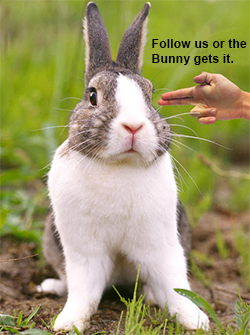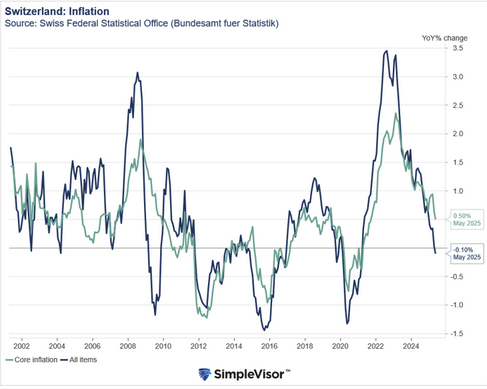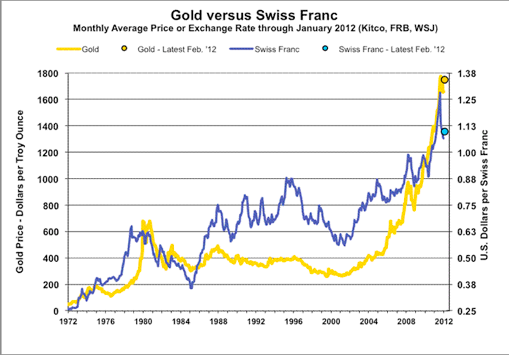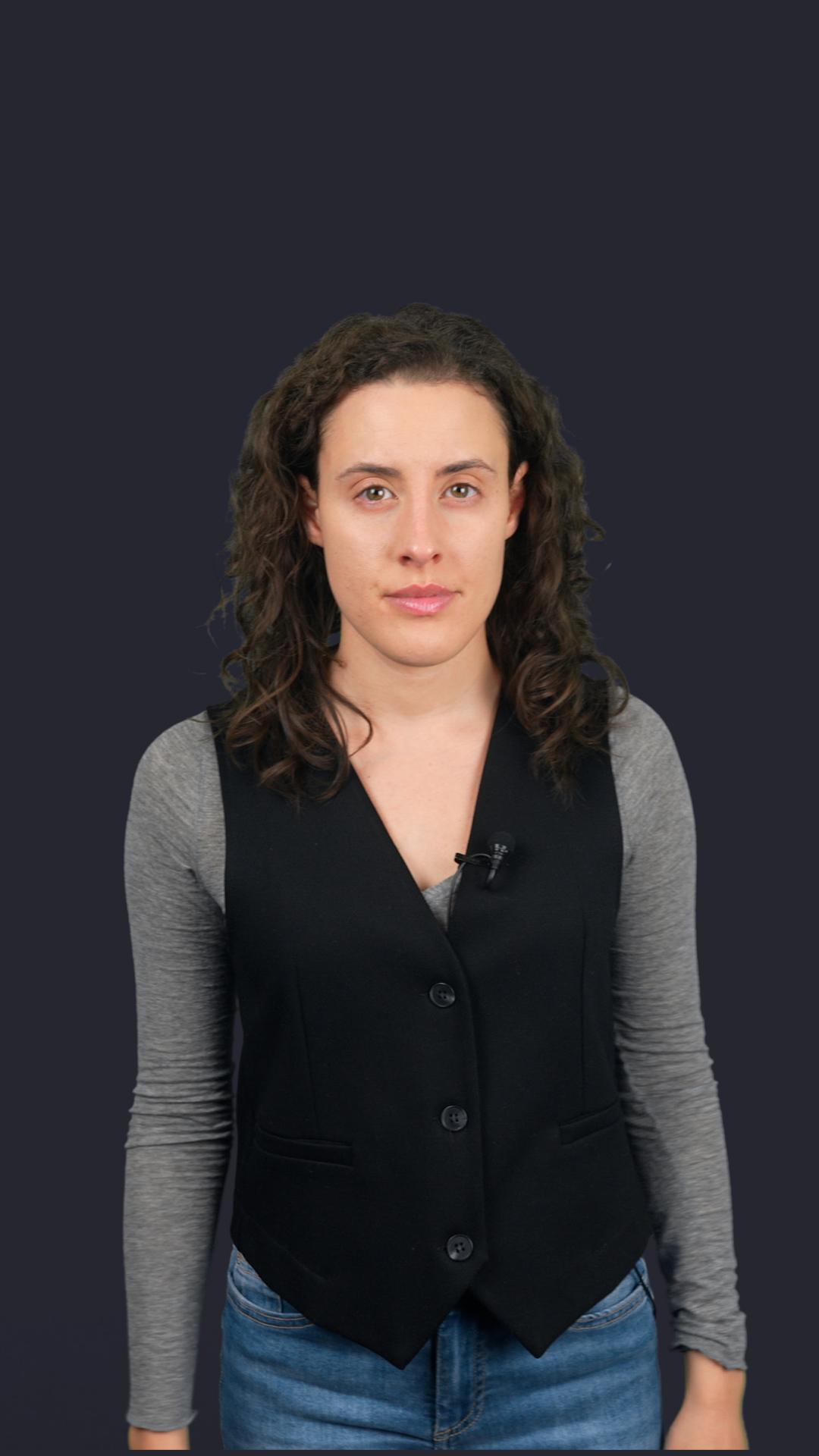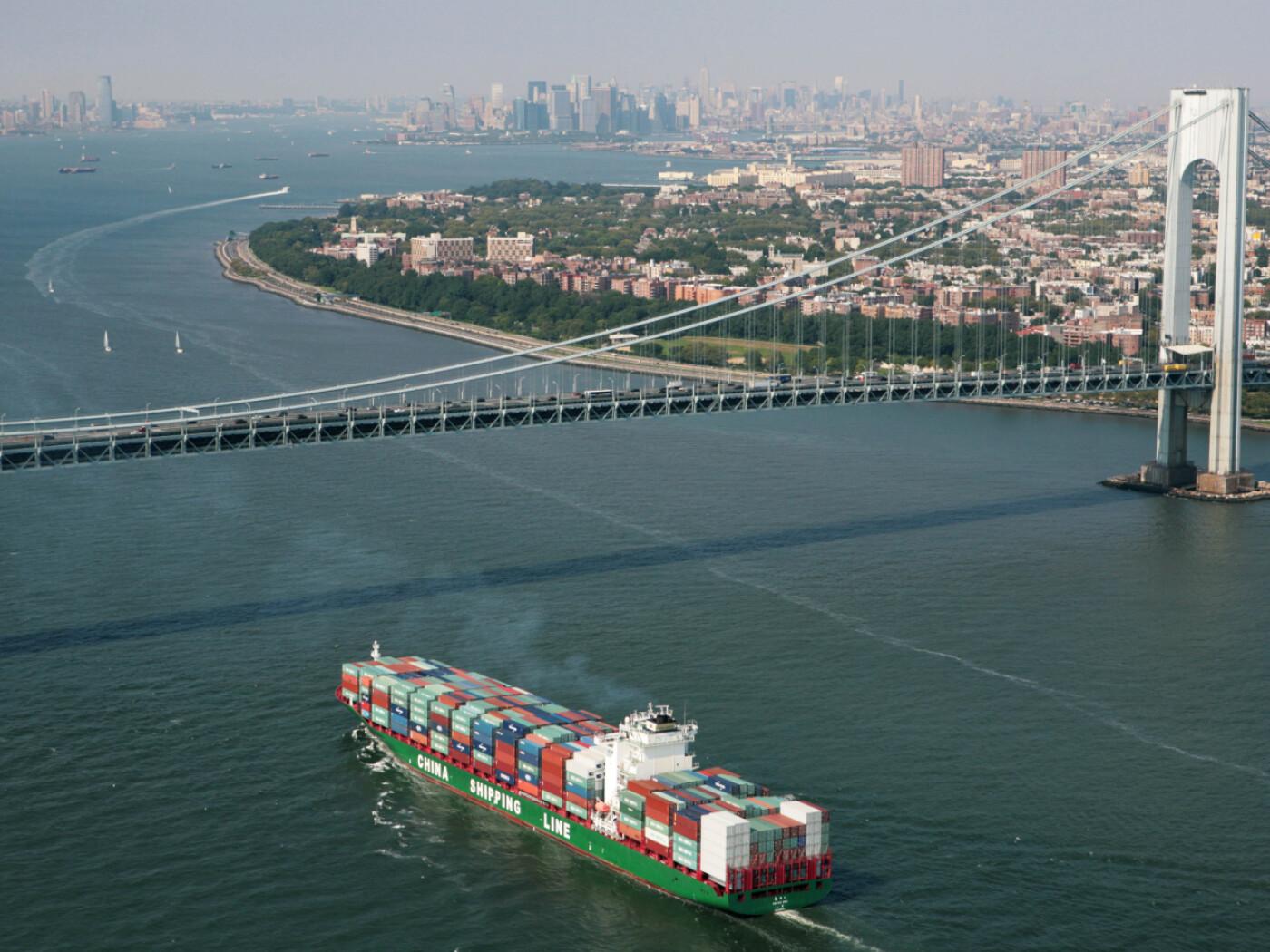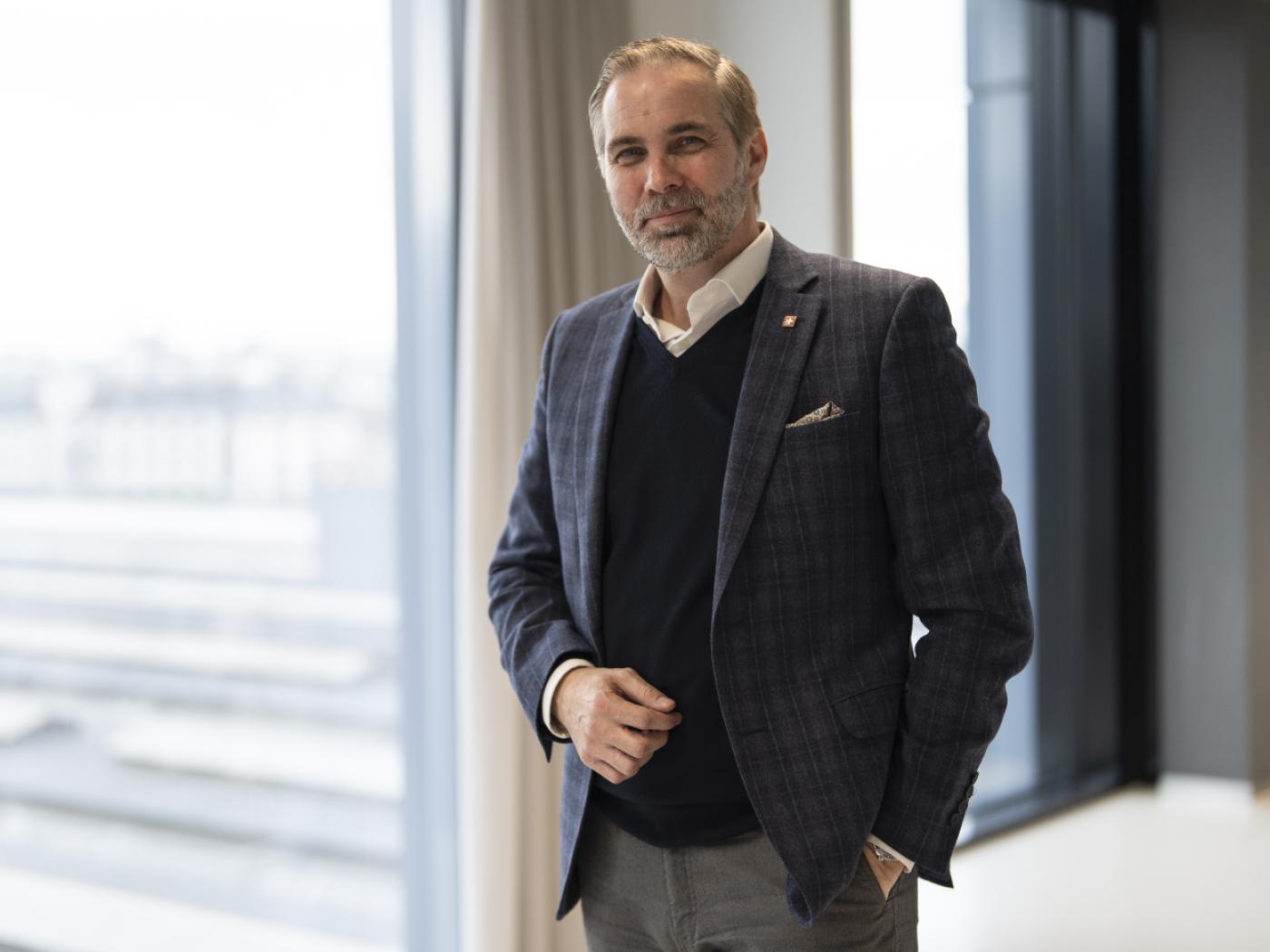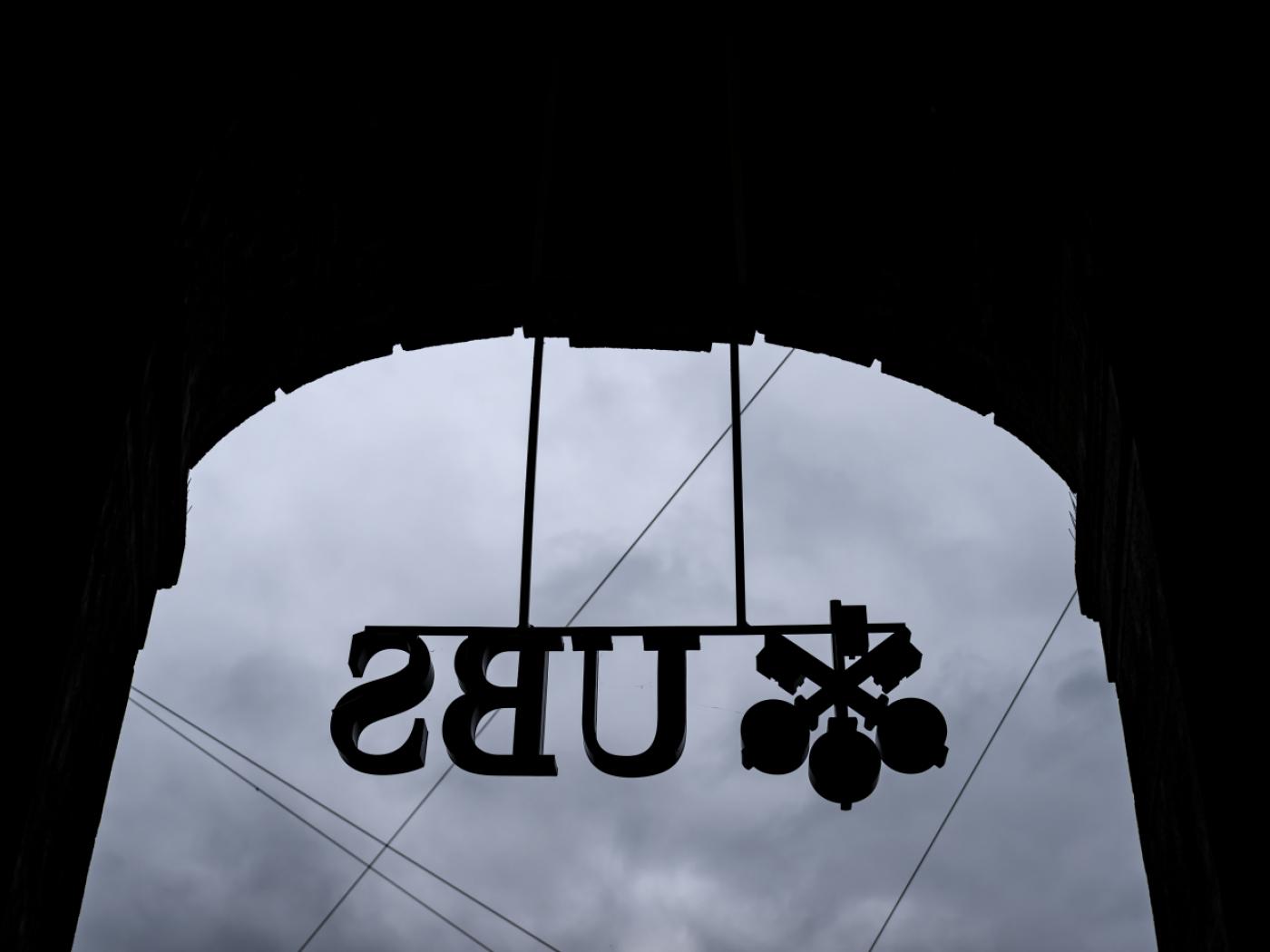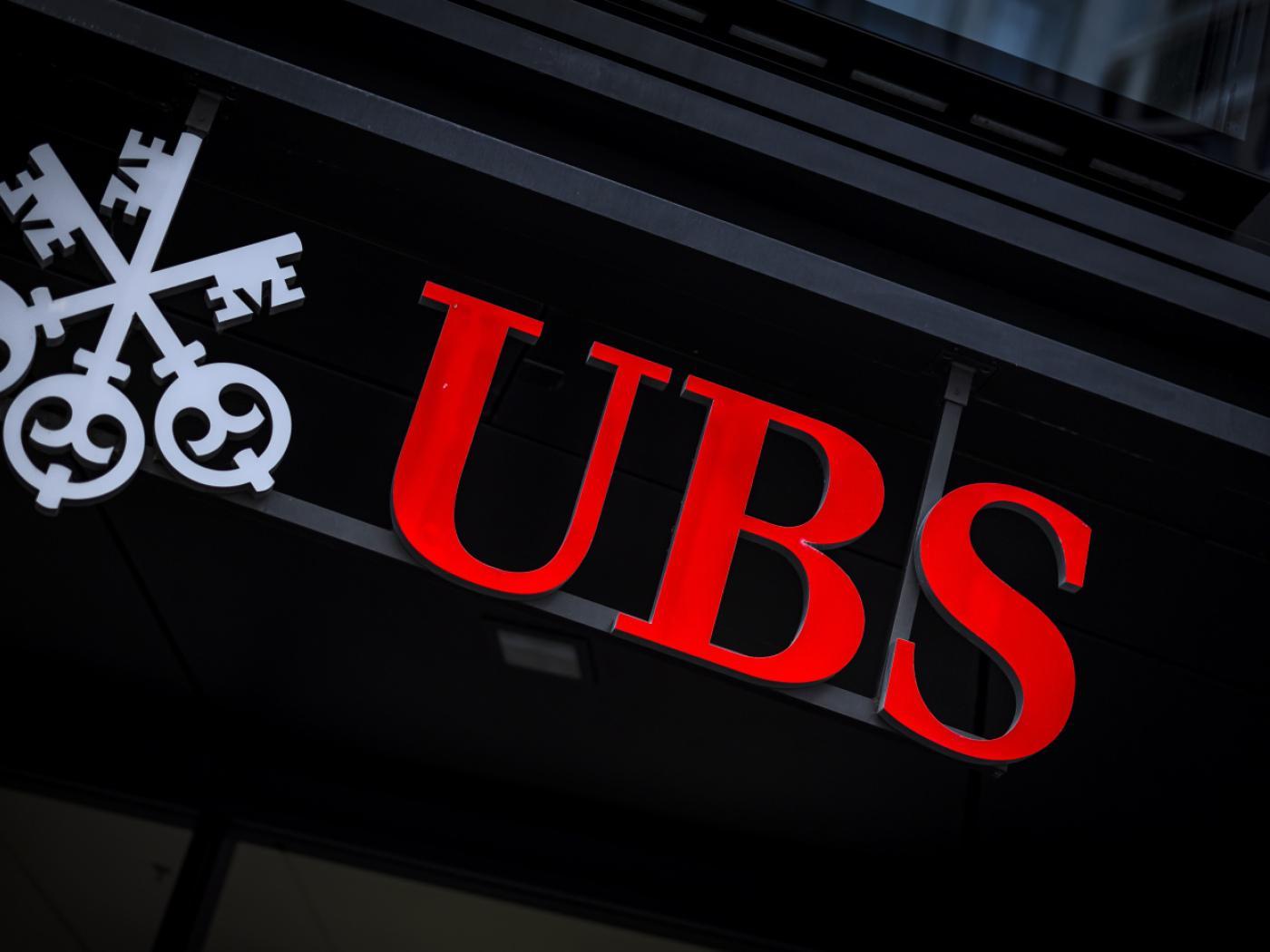According to the Modern Monetary Theory (MMT), money is something decided by the state. The MMT regards money as a token. For instance, when an individual places a coat in the cloakroom of a theater, he receives a tin disc or a paper receipt. This receipt or a disc is a proof that the individual is entitled to demand the return of his coat.
According to the MMT, the material used to manufacture the tokens is irrelevant—it can be gold, silver, or any other metal or it can even be paper. Hence, the definition of money, according to the MMT, is what the state decides it is going to be. MMT posits that the value of money is the outcome of the state that forces people to pay taxes with the money tokens that the state has decided upon. The state taxes have to be paid with the money tokens issued by it. The state also has the ability to control the value of money through its declaration of how much it is willing to pay for a certain commodity produced by the private sector.
In the MMT framework, the token money is seen as a receipt on the economy’s resources. A token money held by an individual is regarded as his claim on a portion of resources. Individuals have exchanged goods and services for a receipt given to them by the government. Individuals who have generated goods and services are acknowledged for this by the tokens issued to them by the government.
However, could the sovereign state effectively require individuals to use tokens in the transactions among themselves? Why would anyone accept a fiat-token as a payment simply because the government accepts these tokens as tax payments? To answer these questions, we have to define money.
Defining Money
To establish the definition of money, we have to ascertain how a money-using economy evolved. Money emerged as a result of the fact that barter could not support a complex, modern market economy. The distinguishing characteristic of money is that it functions as the general medium of exchange. It has evolved from the most marketable commodity. On this Rothbard wrote,
…just as in nature there is a great variety of skills and resources, so there is a variety in the marketability of goods. Some goods are more widely demanded than others, some are more divisible into smaller units without loss of value, some more durable over long periods of time, some more transportable over large distances. All of these advantages make for greater marketability. It is clear that in every society, the most marketable goods will be gradually selected as the media for exchange. As they are more and more selected as media, the demand for them increases because of this use, and so they become even more marketable. The result is a reinforcing spiral: more marketability causes wider use as a medium which causes more marketability, etc. Eventually, one or two commodities are used as general media—in almost all exchanges—and these are called money.
Money is the thing that all other goods and services are traded for. This fundamental characteristic of money must be contrasted with other goods. For instance, food’s characteristic is that it supplies the necessary sustenance to human beings and people may like the taste. Capital goods’ characteristics is that it permits the expansion of the infrastructure that, in turn, permits the production of a larger quantity of goods and services. Contrary to the MMT, the essence of money has nothing to do with tax payments to the government.
Money functions as a general means of exchange. People pay with goods and services for other goods and services with the help of money. Money facilitates the payments of one good for another good. Also, contrary to the MMT, money is not a claim on resources, but the general medium of the exchange. In his writings Carl Menger raised doubts about the soundness of the view that the origin of money is government proclamation. According to Menger,
An event of such high and universal significance and of notoriety so inevitable, as the establishment by law or convention of a universal medium of exchange, would certainly have been retained in the memory of man, the more certainly inasmuch as it would have had to be performed in a great number of places. Yet no historical monument gives us trustworthy tidings of any transactions either conferring distinct recognition on media of exchange already in use, or referring to their adoption by peoples of comparatively recent culture, much less testifying to an initiation of the earliest ages of economic civilization in the use of money.
Mises similarly explains the acceptance of money. In his writings, Mises had shown how the value of money is established. Mises began his analysis by noting that today’s demand for money is determined by yesterday’s purchasing power of money. Consequently, for a given supply of money, today’s purchasing power is established. Yesterday’s demand for money was fixed by the prior day’s purchasing power of money. So, for a given supply of money, yesterday’s price of money was set. The same procedure applies to past periods.
By regressing through time, we will eventually arrive at a point in time when money was just an ordinary commodity where demand and supply set its price. The commodity had an exchange value in terms of other commodities (i.e., its exchange value was established in barter). On the day a commodity becomes money, it already has an established purchasing power or price in terms of other goods. This purchasing power enables us to set the demand for this commodity as money. This process sets its purchasing power on the day the commodity starts to function as money. Once the price of money is established, it serves as input for the establishment of tomorrow’s price of money. It follows then that, without yesterday’s information about the price of money, today’s purchasing power of money cannot be established.
With regards to other goods and services, history is not required to ascertain present prices. A demand for these goods arises on account of the perceived benefits from consuming them. The benefit that money provides is that it can be exchanged for goods and services. Consequently, one needs to know the past purchasing power of money in order to establish today’s demand for it.
Applying the Mises’s framework—also known as the regression theorem—we can infer that it is not possible that money could have emerged as a result of a government decree, government endorsement, or social convention. The theorem shows that money must have emerged as a commodity. According to Rothbard,
Money is not an abstract unit of account, divorceable from a concrete good; it is not a useless token only good for exchanging; it is not a “claim on society”; it is not a guarantee of a fixed price level. It is simply a commodity.
MMT and Wealth Generation
In the MMT world, where money is generated by the government and—given that the government is able to inflate freely as much money as it requires—then, by implication, the government has command over unlimited amounts of wealth. If the government determines what should be regarded as money and what its value is, this also means that the government dictates the rate of exchanges between money and goods and services. This means that prices are set by the government and bypasses the free market forces. Economic theory shows that such conduct leads to the inefficient use of resources and, in turn, to economic instability and impoverishment.
MMT holds that the role of government policies should be to prevent the emergence of a situation where “idle resources” and unemployment emerge. According to MMT, the key here is to boost the overall demand for goods and services to lift economic growth, eliminate unemployment, and make the full use of resources. This can be achieved by running large budget deficits financed by printing plenty of money. In the MMT world, money printing is not a problem as long as there is unemployment and unutilized resources.
Conclusions
In MMT, money is what the government decides it is. MMT believes that because people are forced to pay taxes with the government’s token money, that the government establishes the value of money. This, in turn, makes it a medium of exchange in the private sector also. Without a freely-established money, it is impossible to form the free rate of exchanges between money and goods and services. Consequently, this makes it impossible to have an efficient allocation of scarce resources. This sets the foundation for economic misery.
Full story here Are you the author? Previous post See more for Next postTags: Featured,newsletter
